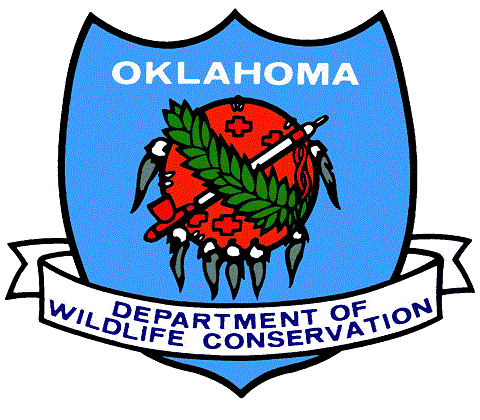Oklahoma’s Third Black Bear Season is a Success, Season Quota Met in One Weekend
OutdoorHub 10.07.11

Oklahoma’s third black bear archery season opened Oct. 1 and closed the next day after the season quota of 20 bears was reached.
The season was open in Latimer, LeFlore, Pushmataha and McCurtain counties, and hunters harvested a total of 31 bears with archery equipment. Last year hunters harvested 32 bears on opening day, and in 2009 hunters harvested only 19 bears over the course of 28 days.
According to Joe Hemphill, southeast region wildlife supervisor for the Oklahoma Department of Wildlife Conservation, the quota of 20 bears is very conservative.
“When we planned the regulations for the season, we took into account the possibility of exceeding the harvest quota,” Hemphill said.
According to Hemphill, the harvest of 32 bears last year and 31 this year are great signs that “we are doing things right in Oklahoma, since the presence of bears in an environment is considered an indicator of good habitat.”
The season’s harvest includes four bears that were harvested by teenage girls, one of which weighed 450 pounds field-dressed and was harvested by 16-year-old Kaylin Russell of Eagletown, whose father, Joe, killed the first bear in the state’s first black bear hunting season in 2009. Kelsey Weaver of Poteau, who last year at age 17 became the first female hunter in Oklahoma to kill a black bear, also harvested a bear this year.
Two of the bears had been previously been tagged as nuisance bears. State wildlife officials trap, tag and relocate bears that come up to trailers, cabins and homes in search of food. A total of 18 male bears and 13 female bears were harvested, including 15 from LeFlore Co., 11 from Pushmataha Co., four from McCurtain Co. and one from Latimer County.
As with hunting seasons on all species, Department personnel review all available data following the season and work to provide optimum hunting opportunities while ensuring long-term conservation of the species.
Black bear archery season includes both hard work and excitement for those who participate. Many hunters spend weeks leading up the bear season scouting, maintaining bait stations on private lands, and practicing archery.
Black bears once ranged across North America, including the entire area of what is now Oklahoma, but by the early 1900s, sightings had become rare. Factors like land use changes, unregulated hunting and habitat fragmentation caused black bear numbers to eventually decline drastically.
In the late 1900s, however, black bears began making a comeback in Oklahoma after the successful reintroduction of black bears in the Ouachita and Ozark Mountains of Arkansas. That initial relocation of about 250 bears from northern Minnesota and Manitoba, Canada, turned into thousands of bears in the mountains of Arkansas, which then expanded into southwest Missouri and eastern Oklahoma.
This successful reestablishment of black bears led to a renewed black bear hunting season in Arkansas in 1980.
Today bears have a growing population in southeast Oklahoma and are an important part of the state’s wildlife diversity. Seasons such as deer archery, turkey archery, dove, rabbit and squirrel are currently open, with several other seasons ranging from deer gun, pheasant and quail still to open before the year ends.
For more information about black bear hunting in Oklahoma, log on to wildlifedepartment.com.

